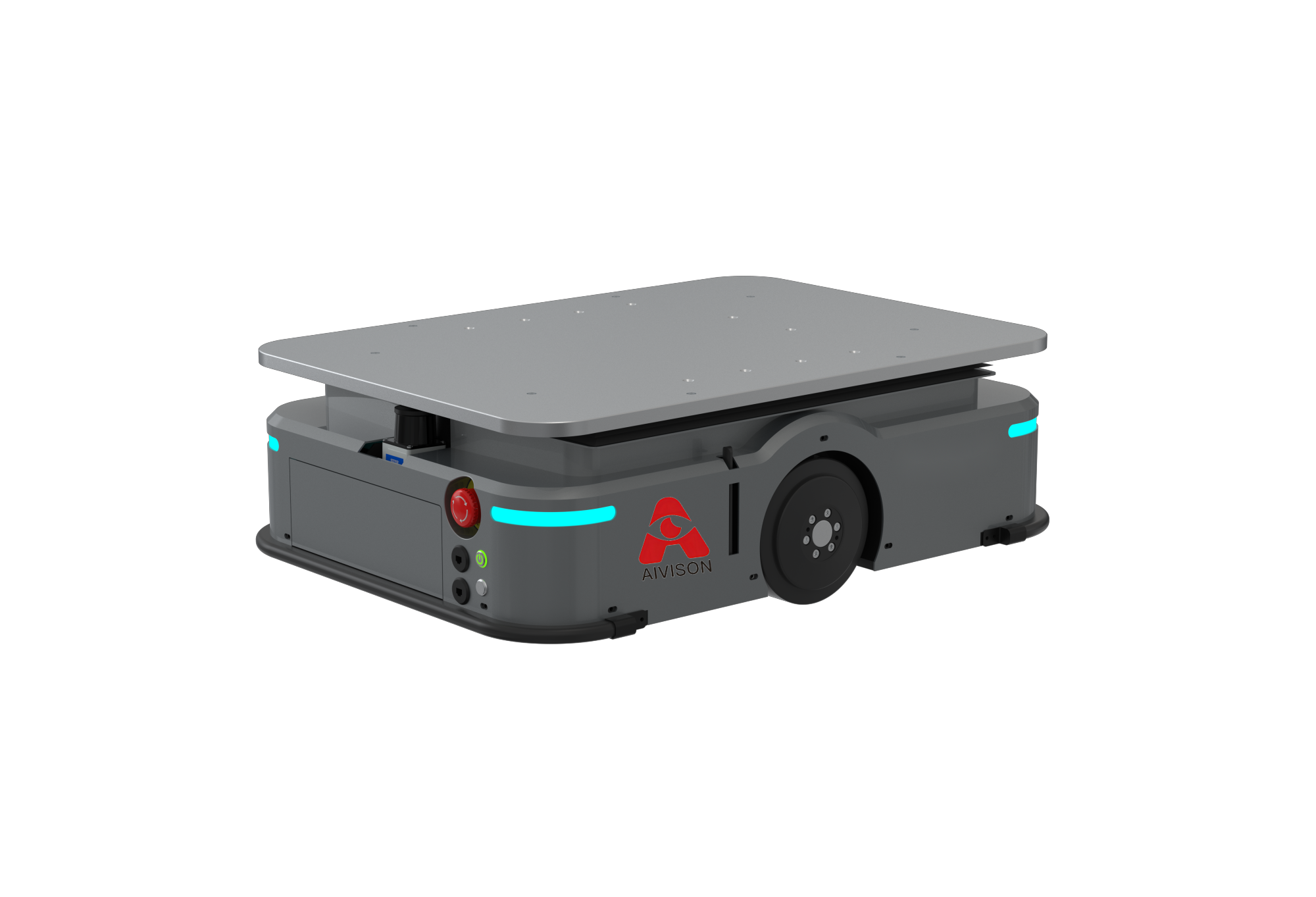In terms of intelligence: The operation of traditional AGVs mainly relies on deployed external markers (such as two-dimensional codes, magnetic strips, etc.), which cannot fully understand the field operating environment and is difficult to flexibly respond to field changes. Through SLAM(Simultaneous Localization and Mapping) technology and sensor technology, AMR can realize intelligent environment perception, autonomous navigation and path planning, no longer need to preset guidance routes, and can automatically avoid people or obstacles. Therefore, it is more intelligent than traditional AGVs.
In terms of flexibility: Unlike traditional AGV deployments, which require pre-planned routes and laid external markers, and because changes are more expensive, once deployed, AGVs usually can only perform the same operational tasks throughout their entire life cycle, AMR deployments do not require changing the facilities and layout of factories or warehouses, but only require simple software adjustments to change the tasks performed by AMR. This means that the same AMR can flexibly perform different job tasks, and is more suitable for harsh scenarios with changing business and complex environment dynamics.
In terms of security cooperation: Because AMR has the ability of depth perception, dynamic path planning and active obstacle avoidance, compared with traditional AGVs, which are prone to security risks in a dynamic and complex man-machine collaborative environment, AMR is more adaptable to the requirements of man-machine collaboration and can work with humans safely in a dynamic environment. Moreover, AMR can also be equipped with collaborative robotic arms to form a composite AMR, which can achieve a larger operating range and meet the needs of man-machine collaboration in more complex scenarios.
In terms of operation efficiency: When there is an obstacle on the route of the traditional AGV, it can only stop operation until the obstacle is removed; When the multi-machine operation encounters obstacles, the AGV team can only queue up, or carry out traffic control like the train track line, which has poor synergy and is easy to block. Due to its autonomous navigation and safe obstacle avoidance capabilities, AMR can autonomously adjust its operating route and bypass people or obstacles, and its operating efficiency is greatly enhanced whether it is single-machine operation or multi-machine collaborative operation.

